👥 The People of Las Tunas, Cuba
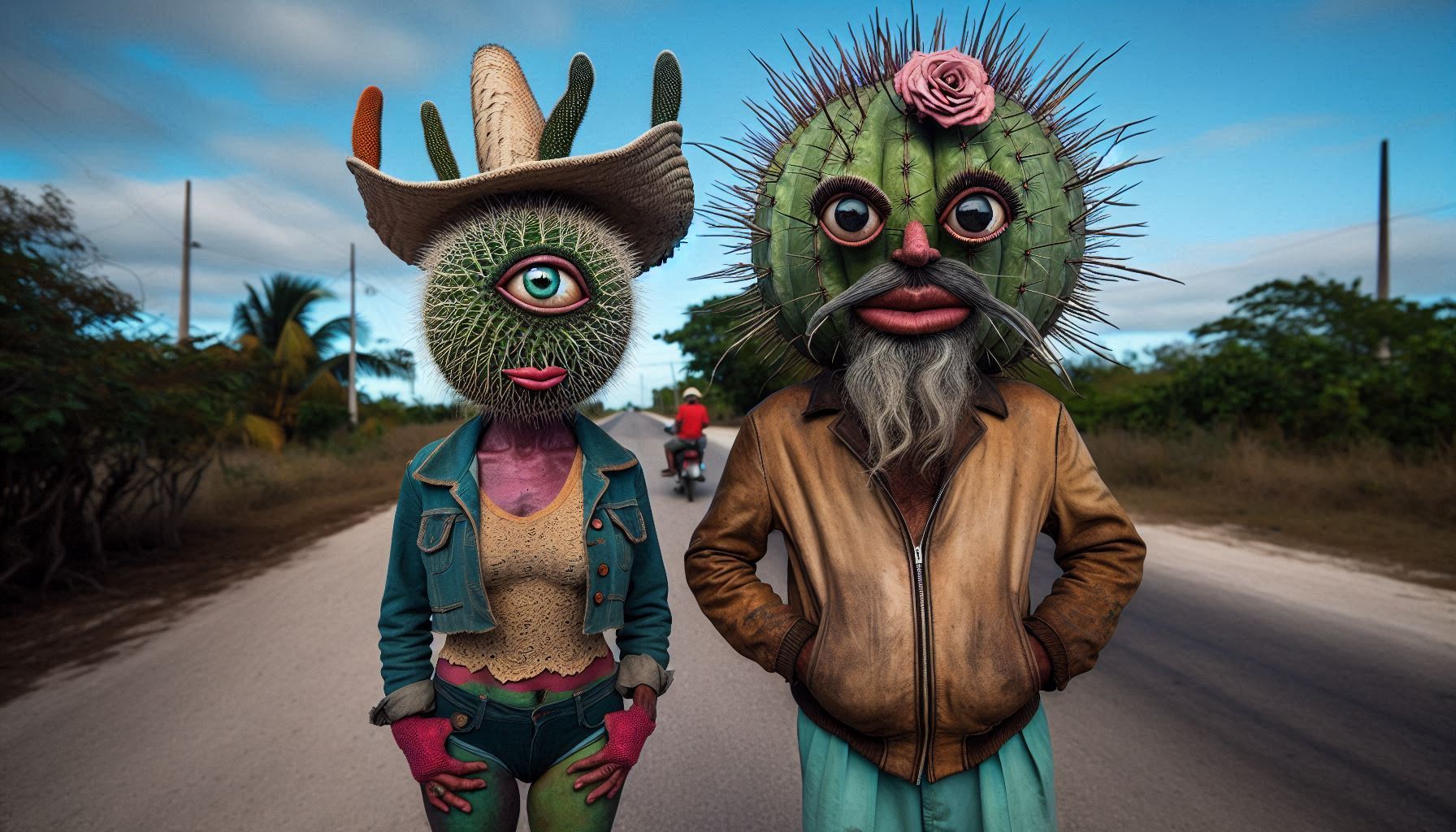
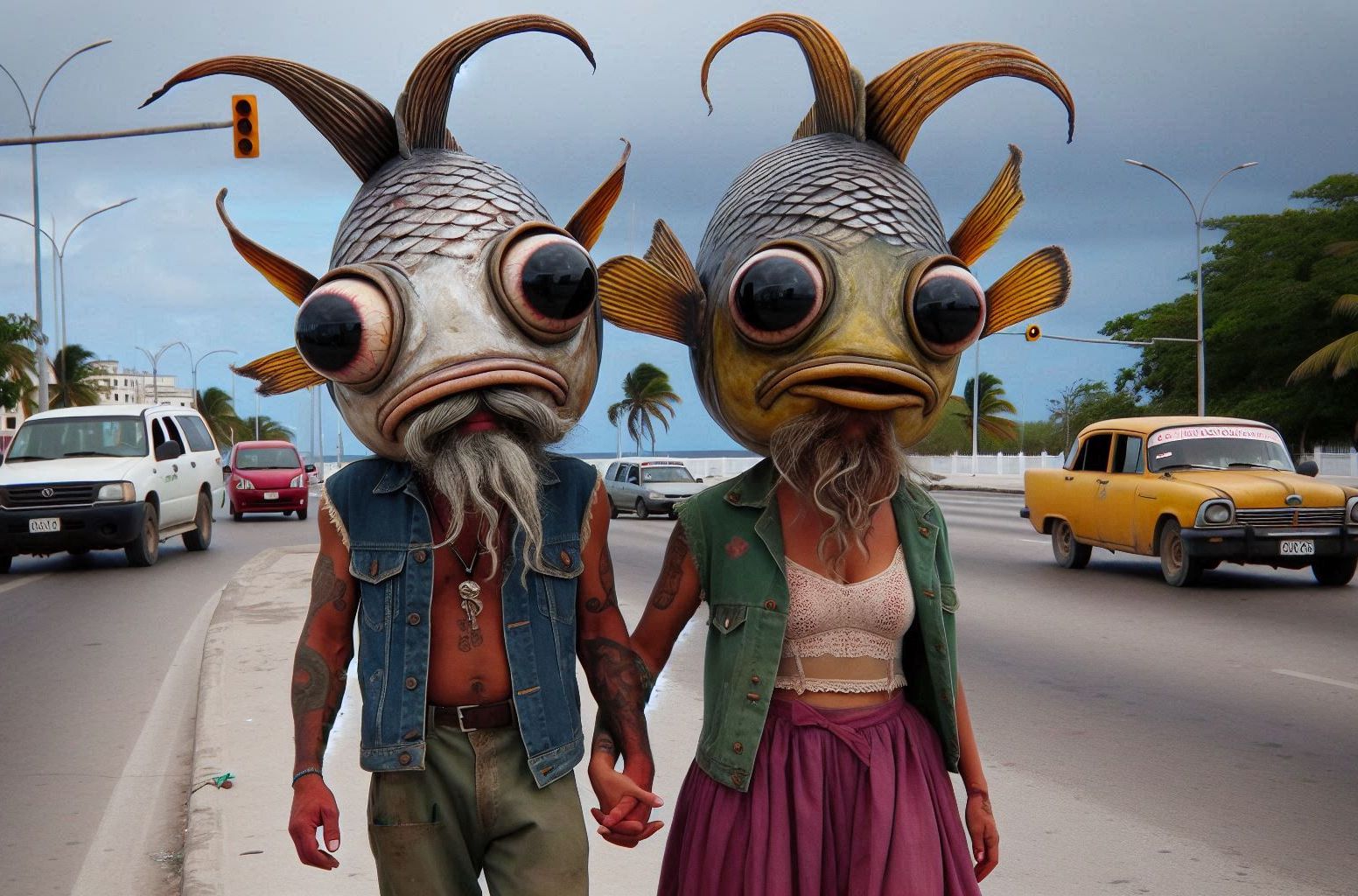




🪳 A Treaty with the Insects of the Third Floor
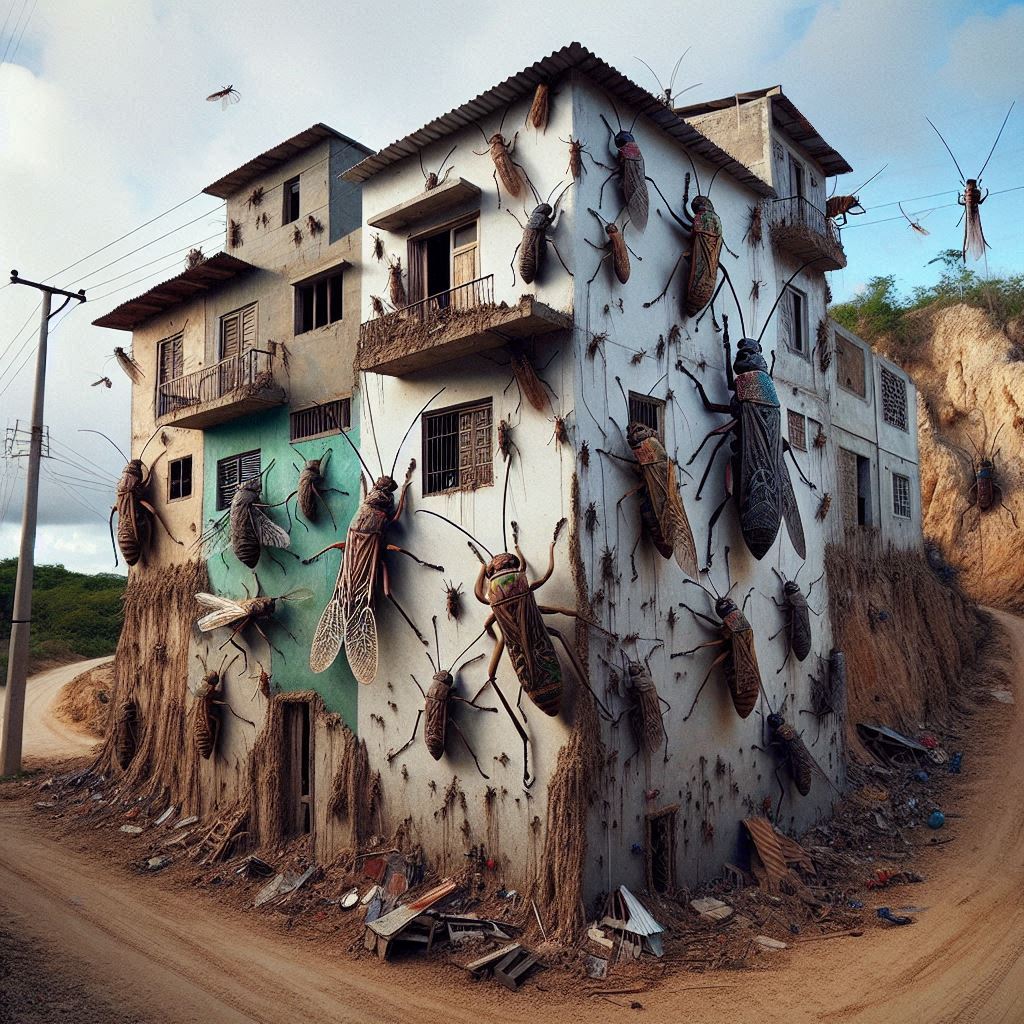
The first clause was written in molasses.
No one remembers who lived in the apartment before her. When Marina moved into the weather-worn boarding house on Calle Estelar, the third floor had already been claimed — not by people, but by insects. Enormous beetles with glinting shells, mantises that swayed like gossip, even a grasshopper that hummed lullabies into the pipes at night. They didn’t bite. But they watched.
The landlord refused to evict them. “They’ve been here longer than I have,” he said, lifting his straw hat in apology.
So Marina negotiated. She left sugar cubes on the stairwell each night. In return, the cockroaches kept her electricity uninterrupted. Clause 3: No infestations. Clause 7: No open windows after midnight. Clause 9: No lies spoken aloud. “They dislike the taste,” said the woman in Room 1B.
In exchange for small offerings — candied ginger, newsprint, the scent of oranges — the insects offered strange comforts: dreams without nightmares, mail that arrived early, memories returned after forgetting.
But one guest broke the pact. A visiting cousin laughed too loudly, squashed an earwig with a shoe, and spilled rum on the entryway. By morning, the insects had reclaimed the kitchen and written a single phrase on the tiled wall in cinnamon dust: *“Clause 12 was broken.”*
That was the night the building shifted slightly westward, unnoticed by the city.
Marina never saw her cousin again. But she did receive a new jar of jelly on her doorstep — mango, flecked with wings. She put it in the cupboard, behind the salt.
The third floor hummed with approval.
And from then on, everyone paid rent — just not always with money.
Postage Stamp
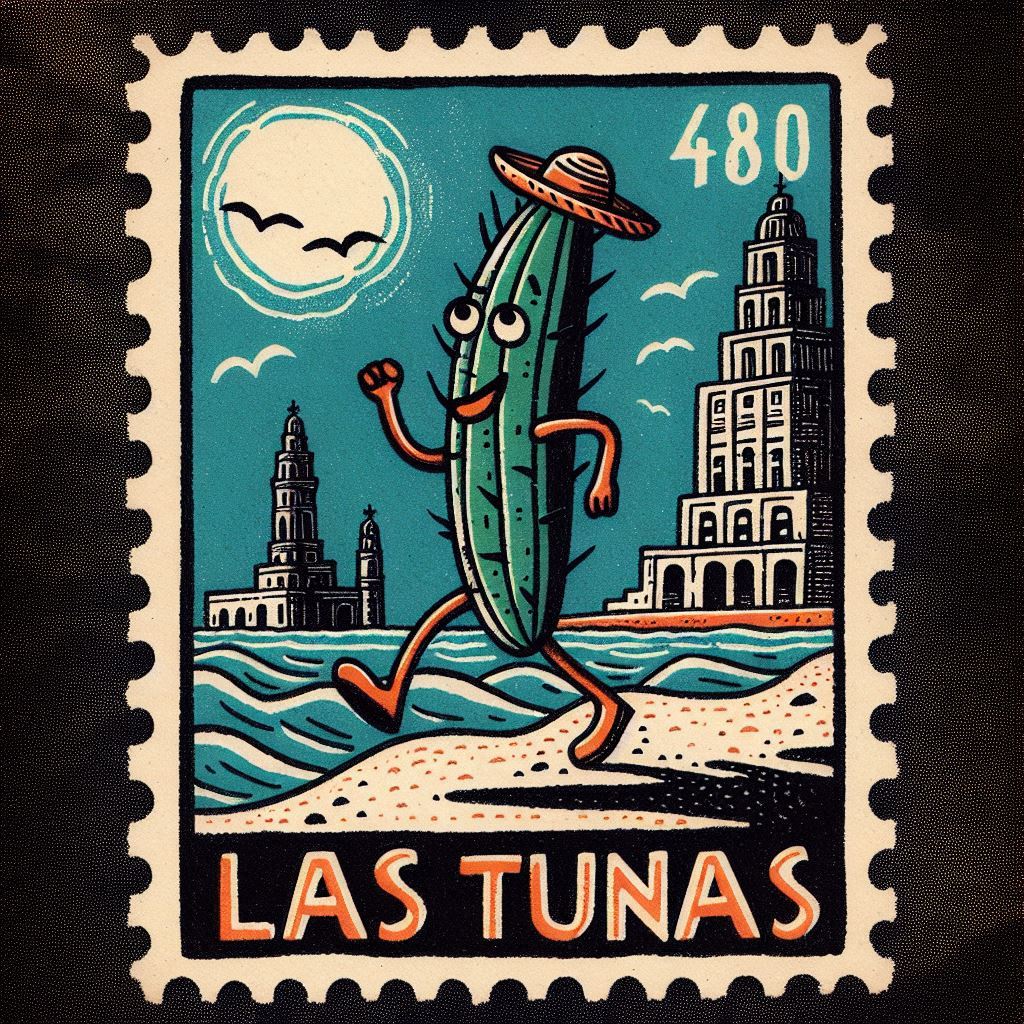
Local Landmark

At the edge of the inland sea, Puerto Fósil rises from cracked coral foundations — a town balanced between ruin and ritual. Its stilted homes tilt toward the water as if listening. Graffiti of scale-marked saints shimmers across pastel walls, while the old observatory atop the cactus bluff blinks one red eye toward the horizon. The air tastes like rust, salt, and memory.
🎵 Regional Anthem
🧠 Trivia
- 🐚 **The Whispering Shell Tollbooth**
An abandoned tollbooth along the old coastal road is lined entirely with large conch shells. Locals claim if you press your ear to the right one, you'll hear the last lie you told — sometimes in your own voice, sometimes in your grandmother’s. - 🪞 **Saints of the Mirror Festival**
Each spring equinox, children in Puerto Fósil carry shattered mirrors through the streets to “confuse the sun into revealing tomorrow.” The tradition supposedly began after a drought was broken by sunlight rebounding from thirty-seven hand mirrors arranged into a fanged circle. - 🕷️ **Spider Census Day**
Las Tunas once held an annual spider census after a 1948 incident involving a mango warehouse collapse and a web strong enough to suspend 600 kg of jelly. Though the census no longer occurs, jars bearing the original red thread seal are highly prized. - 🍠 **Yam Exchange Rate**
For three weeks in 1971, the Las Tunas mayor's office briefly accepted **roasted yams** as legal payment for minor infractions — leading to the infamous “Potato Amnesty” in which over 400 citizens traded traffic fines for tubers.
💬 Local Proverb
"If the ants walk backward, the moon has tasted your secret.” — An old warning about omens and confessions. Spoken when someone’s being too quiet, or when the moonlight feels a little too personal.
🧌 Local Creatures of Questionable Origin
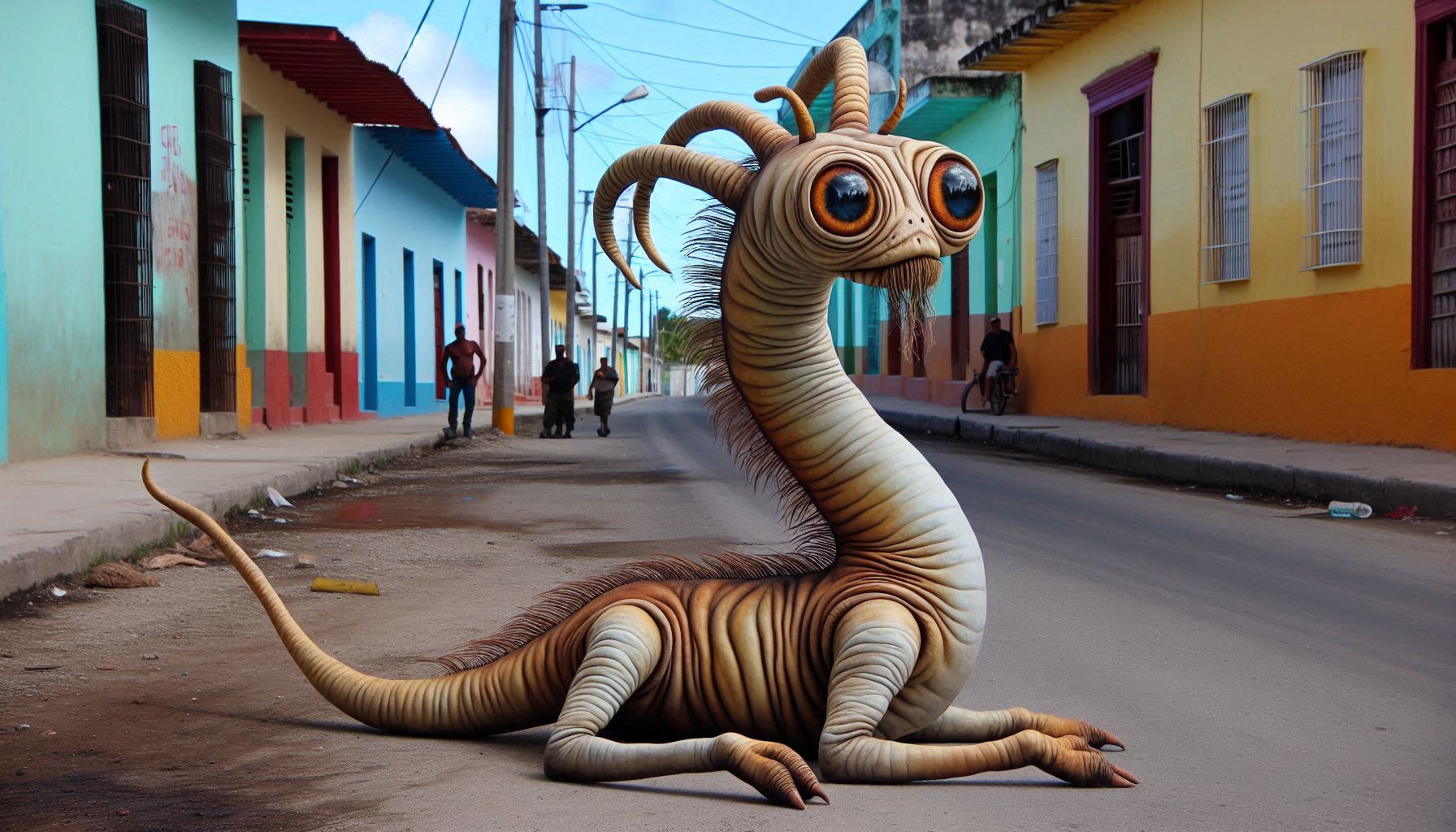
The Cañón Creeper of Calle 12
First documented in a faded mural behind the old post office and now casually spotted loitering near mango vendors, the Cañón Creeper slinks through Puerto Fósil like a streetlamp mirage. Believed to be a cousin of both the caterpillar and the council inspector, it survives on soft pavement, praise, and radio interference.
Locals say its eyes record sound and its head-tassels sway to lies. Children feed it pieces of chalk, hoping it will one day write their dreams on the church wall.
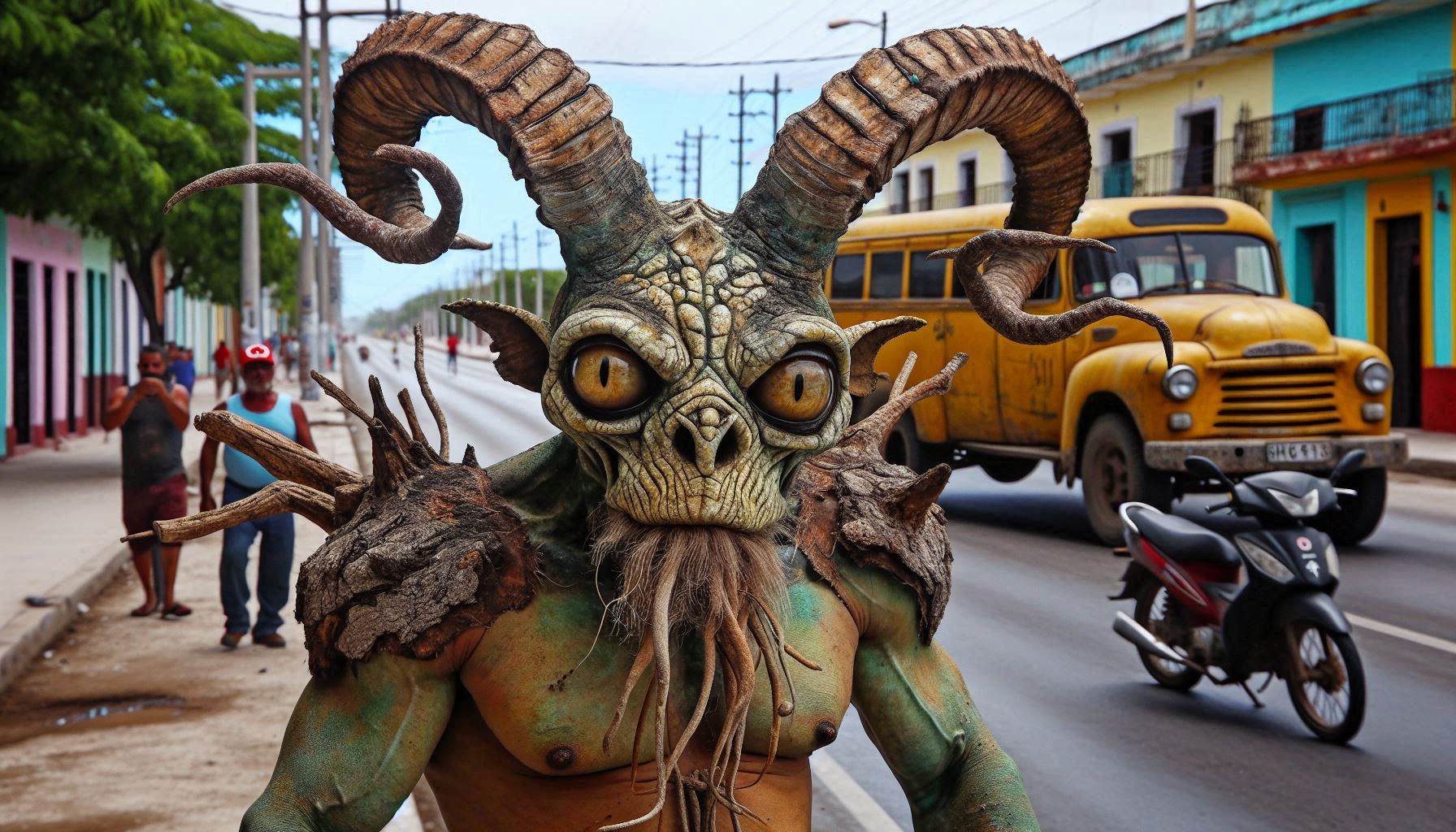
The Moss-Stag of Callejón Escondido
Looming near the shade of bougainvillea and chipped stucco, the Moss-Stag rarely moves, yet is somehow never in quite the same place twice. Locals claim it appeared just after the thunderstorm of ’67 — tall as a doorframe, antlers like twisted coral, and skin that shifts from bark to bruised green depending on who’s watching.
Often mistaken for a parade costume left behind, it has been known to follow musicians for precisely three songs, then vanish. It smells faintly of copper and cloves.
Folklore suggests it grants protection to those who hum while sweeping their steps. Children leave it dried mango peels in exchange for lucid dreams. One woman reportedly saw her ex-husband’s apology letter form in the condensation of its eyes.
No one knows where it sleeps — only that graffiti near its sightings now reads, “It walks when the town forgets to.”
